The People Involved in Antebellum Kentucky Agriculture
The People Who Lived and Worked on Antebellum Kentucky Farms
This lesson plan is designed for students in 4th and 5th grades. Students will view an introductory video describing the various groups living and working on the Dinsmore farm—a farm that was typical of large Boone County farms in what it raised and the laborers that were employed. They will then study the identities of various men, women, and children who actually lived and/or worked on the farm in the 1840s and 1850s. As they view the video, “Outbuildings,” they will create an organizer of the various buildings and their purposes, placing the identities of people where they believe they would live and work. Lastly, they will view the video, “Graveyard.” In wrapping up, students will answer the question, “Considering what you now know about the groups of people on the Dinsmore farm, how do you think the social relationships on the farm affected the people involved?”
Kentucky Standards:
4.1.UE.1 Integrate evidence from 2 or more sources to answer compelling and supporting questions.
4.1.UE.2 Determine the value and limitations of primary and secondary sources.
5.H.CO.1 Describe the social and economic impact of the slave trade on diverse groups.
Outcomes:
-
Students will understand the differences and similarities between the various groups that lived and worked on the Dinsmore farm.
-
Students will discuss and understand the buildings necessary to nineteenth-century farming and how various groups interacted with those buildings.
-
Students will be able to construct an essay that uses evidence from the videos and sources they have studied to answer the question, “Considering what you now know about the groups of people on the Dinsmore farm, how do you think the social relationships on the farm affected the people involved?”
Procedure, The People Who Lived and Worked on Antebellum Kentucky Farms
OPTIONAL. You could assign students a particular identity from the Identity information sheet. They can focus in on that particular person’s experiences as they move through the procedures and, perhaps, write their final mini-essay centered on that identity.
- Students watch the 7-minute video, “Antebellum Kentucky Farming, Introduction.”
2. In groups of three or four, students will study the Identities information sheet and fill in the Graphic Organizer, displaying the similarities and differences between the three major groups of people on the Dinsmore farm in and around 1852.
3. Students watch the video, “Outbuildings.” When it is over, they discuss as a class where they think different people in the Identities would spend their time and why (Possible Discussion Questions). They can add any pertinent information obtained from the discussion to their Graphic Organizer.
4. OPTIONAL. Students watch the final video, “Dinsmore Graveyard.” From this they can add more information to their Graphic Organizer.
4. Using information from the videos, the Identities information sheet, and their Graphic Organizer, students construct a mini-essay that answers the prompt: ““Considering what you now know about the groups of people on the Dinsmore farm, how do you think the social relationships on the farm affected the people involved?”
